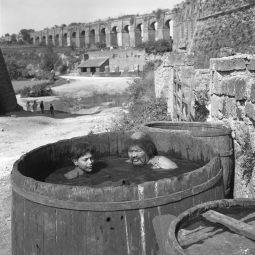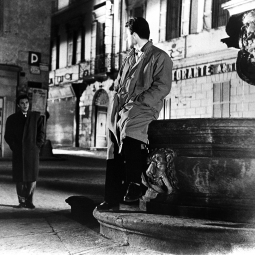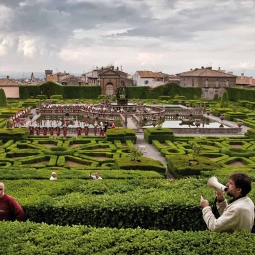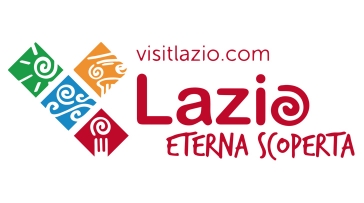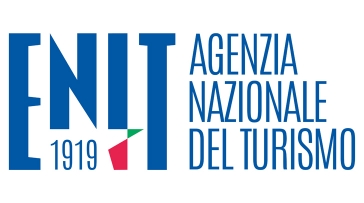My relationship with Viterbo started with Il Maresciallo Rocca. We were looking for the perfect location: a town neither too big nor too small, a beautiful one but with that kind of beauty that does not suffocate the story with its touristic side. We checked several towns but only in Viterbo we found what we were really looking for.
I remember coming to Viterbo in winter time, it was cold and windy. Despite this, we thought that the town was beautiful and we immediately decided that we would have filmed the entire series of Il Maresciallo Rocca here. At the time, I did not know Viterbo very well, I had been here only once before. Once we started filming, I gradually got to know the town and realized its potential. This is why I decided to film here also Un prete tra noi, Edda Ciano, Callas e Onassis and all the others.
I like Viterbo very much. I must admit, though, that when I came here for the first time it looked like it was under curfew: there was just one bar still open at ten o’clock at night – in Piazza della Rocca – where we could have a coffee, there was nobody around, just a few soldiers. Then something changed: new shops were opened, the street furniture was improved, people started going out more.
The inhabitants, who used to go to the neighbouring villages for a dinner out, started dining in the restaurants in town. Viterbo has changed so much in the last few years that my wife and I have bought a house here: Viterbo is where we want to grow old. It may sound funny that I say so at my age, but I still look ahead.
Many friends and actors that took part in my films discovered Viterbo together with us. I remember once, while I was at the hot springs (one of the reasons my wife and I are so enthusiastic about being here), the owner of the Spa introduced me to a senior couple from Milan as they wanted to tell me something. This is what they said: «We did not know Viterbo at all until we watched Il Maresciallo Rocca. At the end of the series, we both thought that it seemed well worth a visit and here we are».
This means that the cinema helped in gaining Viterbo some visibility. I went to see the procession of the Macchina di Santa Rosa and I was so moved by it that I decided to feature it in an episode of Il Maresciallo Rocca. It was an incredible experience seeing it for the first time. I remember I was with a few friends and a couple of actors: we were all moved to tears by it, I had no idea that it was going to be such a powerful experience.
After some time, I met the facchini (porters) and they offered me the opportunity to become their ambassador: this was their way to thank me for making the procession of the Macchina available to the general public. It was so nice of them. I was also really pleased when I was granted the honorary citizenship of Viterbo. Since then, the Macchina di Santa Rosa has become part of my life.
Viterbo has many faces and this is a very attractive characteristic for those who work in the cinema industry. In Rita da Cascia we recreated Cascia in Viterbo and in Callas e Onassis – with the support of a very capable architect – we even recreated a Turkish street here. In Papa Giovanni – Joannes XXIII we recreated the Vatican inside Viterbo’s town hall building and in Papa Luciani – Il sorriso di Dio I used the main room of the same building to recreate the Hall of the Globe of Palazzo Venezia.
Another plus is that in Viterbo travelling between different sets takes only a few minutes whereas in Rome the time spent travelling is usually longer than the time spent filming. The citizens of Viterbo are always very supportive and so is the local administration and this is another significant help.










